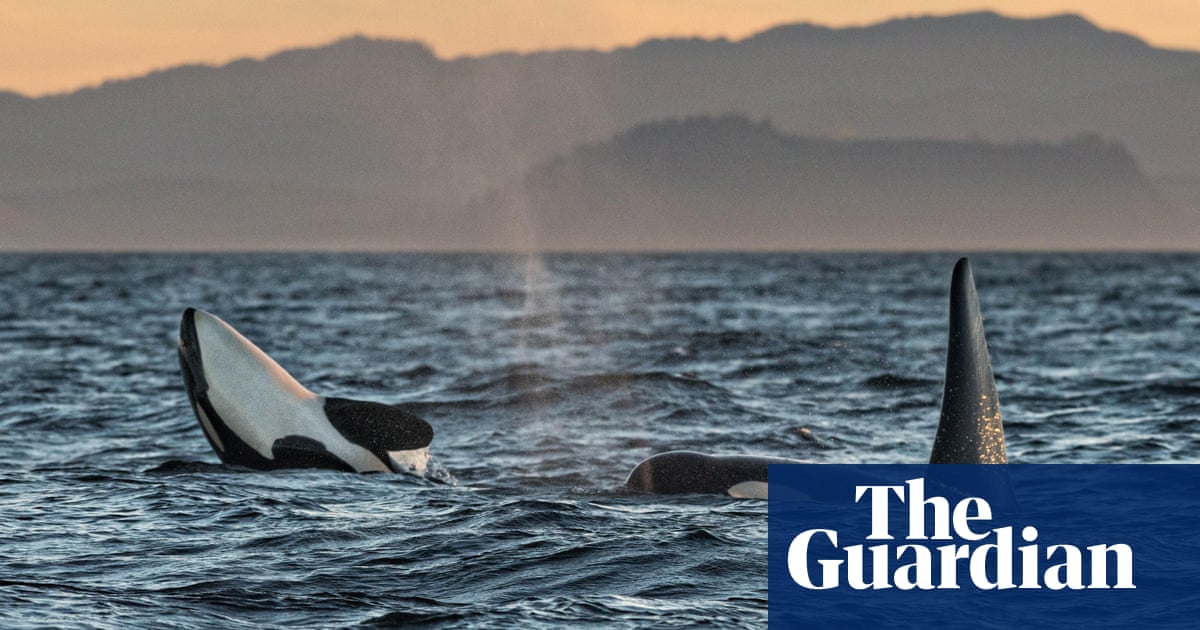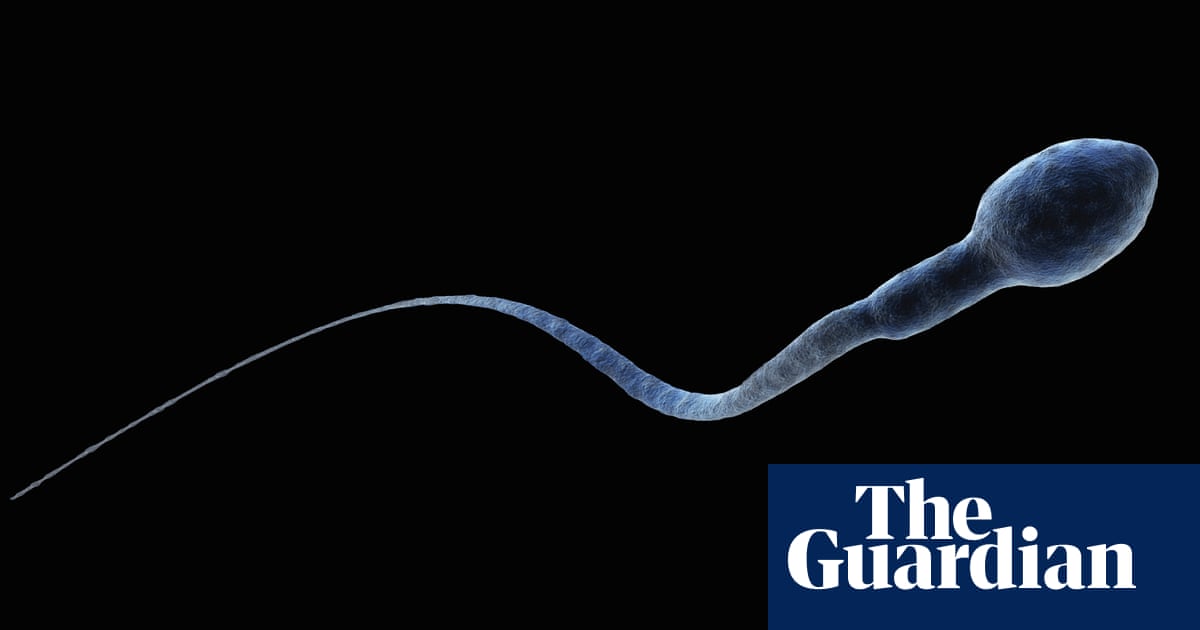
Canadian researchers have discovered high levels of a “forever chemical”, used in making toilet paper, in the bodies of endangered killer whales, sparking fears the toxic substance could further harm them.
Researchers in British Columbia announced they had discovered the chemical 4-nonylphenol, or 4NP, in the 12 killer whales they studied. 4NP is often used in pulp and paper processing but is also found in soap, detergents and textile processing.
The chemical can enter the ocean from waste treatment plants or industrial runoff. Because killer whales, or orcas, sit atop the food chain, they often ingest smaller organisms tainted with the chemical – a phenomenon known as biomagnification, making orcas among the most contaminated cetaceans in the world.
As part of the study, researchers sampled the skeletal muscle and liver of orcas living along the south-western coast of British Columbia. Of particular interest were the southern resident ecotype of killer whales, a whale that has been threatened by dwindling food supply, increased marine traffic, warming waters and chemical pollution.
“This research is a wake-up call. Southern residents are an endangered population and it could be that contaminants are contributing to their population decline. We can’t wait to protect this species,” co-author Dr Juan José Alava said in a news release from the University of British Columbia.
With little study into its effects on marine mammals, 4NP is known as a “contaminant of emerging concern”.
In their paper, the scientists cautioned that “too few” killer whales have been screened for the toxic chemicals to infer the scope of contamination.
But experts nonetheless worry high concentrations of 4NP, similar to those found in the studied whales, can interact with the nervous system and influence cognitive function as well as affect hormone levels and make the whales more susceptible to illness.
Among the other chemicals found in the whales were those categorized as persistent organic pollutants – substances that are harmful to marine life and are widely found in food packaging materials and cookware.
Researchers also studied the transfer of pollutants from mother to fetus in one pair of southern resident killer whales, finding most of the pollutants were transferred in the womb and that nearly 95% of 4NP was transferred from mother to fetus.












